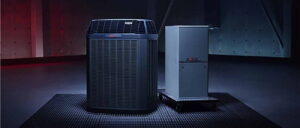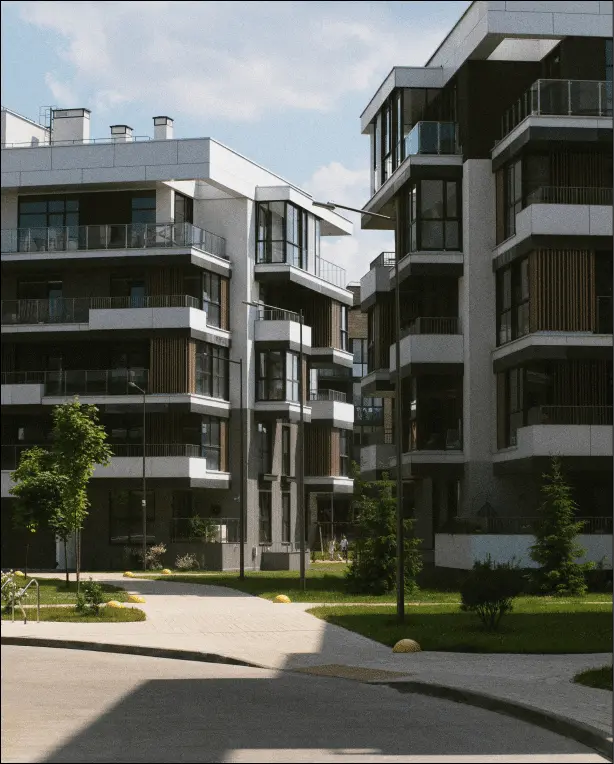The Ultimate Guide to AC Installation: What Every Homeowner Should Know
Installing an air conditioner isn’t just about beating the heat; it’s about ensuring optimal comfort, energy efficiency, and the longevity of your investment. If you’re a homeowner pondering an AC installation, this guide covers everything you need to know. Let’s dive into the crucial factors backed by current statistics and expert insights.
1. Understand Your Needs: Size Matters
Surprisingly, a large number of homeowners err in this basic step. Around 60% of all AC installations are incorrectly sized for the homes they cool. Remember, a unit that’s too large won’t dehumidify properly, while one too small will run incessantly, driving up energy bills. Consulting with HVAC professionals can help pinpoint the right size based on the square footage and unique characteristics of your home.
2. Energy Efficiency: SEER Ratings
The Seasonal Energy Efficiency Ratio (SEER) measures the efficiency of central air conditioners. In recent years, the average SEER rating of newly installed units has jumped to 16.7, from 13 a decade ago. Higher SEER ratings typically translate to lower energy costs. Although units with high SEER ratings might cost more upfront, they often pay off in energy savings within a few years.
3. Type of AC System
Statistics show a rise in installing split systems, with a 20% increase in the last five years. These units are ideal for homes without existing ductwork or for room additions. On the other hand, central air systems are best for cooling entire homes efficiently.
4. Installation Costs
On average, the cost for an AC installation ranges from $8,500 to $16,000, depending on the unit’s size and type. This price includes the system itself, labor, and any necessary ductwork. It’s essential to get multiple quotes and ensure that the estimate includes all potential costs.
5. DIY vs. Professional Installation
With the rise of DIY culture, many homeowners might consider self-installation. However, nearly 80% of improperly installed AC units result from DIY attempts. Professional installation ensures the unit operates at peak efficiency, is safely installed, and maintains the manufacturer’s warranty.
6. Maintenance Post-Installation
Regular maintenance can increase the efficiency and lifespan of your AC unit. Shockingly, statistics indicate that 50% of homeowners neglect this crucial step. Post-installation, it’s vital to schedule annual maintenance checks to spot potential issues and keep the system running smoothly.
7. The Importance of Proper Ductwork
If you’re going with a central air system, your ductwork’s state is critical. Approximately 20-30% of the air moving through duct systems can be lost due to leaks, holes, or poor connections. Ensuring your ductwork is properly sealed and insulated can make a significant difference in efficiency.
8. New Tech Innovations
From smart thermostats that learn your habits to UV lights that improve indoor air quality, integrating the latest technologies during installation can enhance comfort and efficiency. Nearly 40% of homeowners have switched to smart thermostats in the past two years, enjoying savings of up to 20% on heating and cooling costs.
9. Rebates and Incentives
Federal, state, and local incentives reward homeowners for installing energy-efficient AC systems. It’s worth researching or consulting with professionals about available rebates in your area. On average, homeowners can recoup between $50 to $1,500 through these programs.
10. Lifespan and Warranty
The average lifespan of an efficiently installed and well-maintained AC unit is around 7-10 years. Ensure your installation comes with a robust warranty. Most manufacturers offer a warranty spanning 9 to 10 years, but this can be voided if a licensed professional doesn’t carry out the installation.
Conclusion:
An AC installation is a significant investment, impacting comfort, energy costs, and home value. By understanding the key facets of the installation process, homeowners can make informed decisions, ensuring their homes remain cool and comfortable for years to come.




